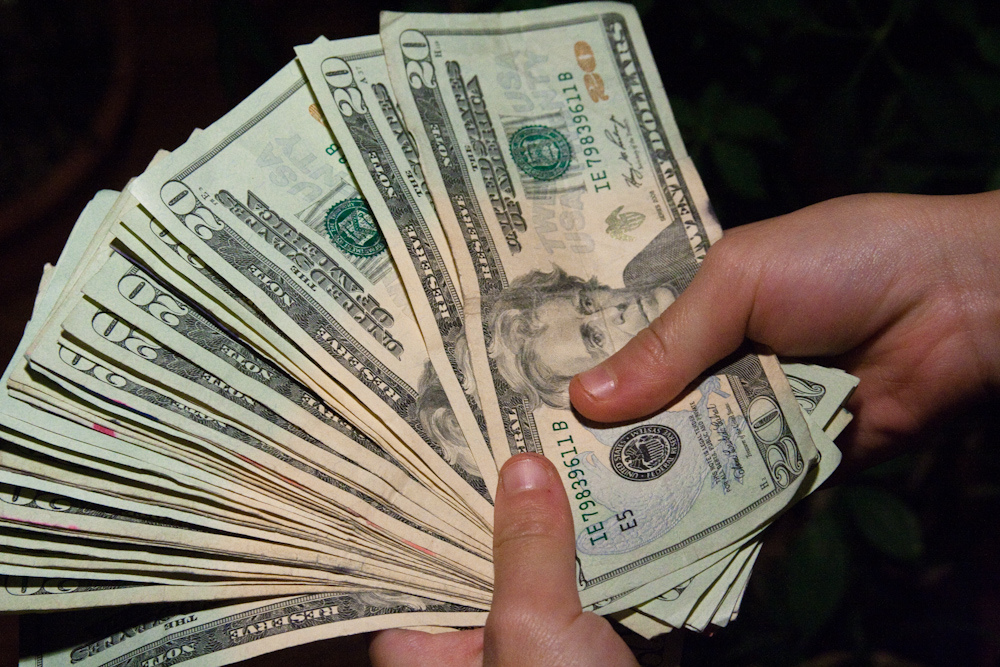If subsidized hard currency continues to be sold to a select group of merchants, problems will arise, according to Mehdi Pourqazi, head of the Mining and Industries Commission at the Tehran Chamber of Commerce, Industries, Mines and Agriculture. He says, however, that decreasing the allocation of subsidized currency is not the answer.
The Ministry of Industries, Mining and Trade recently announced that with almost a three percent decline in the previous year, demand for subsidized currency for imports fell from $ 14.5 billion to $11.5 billion.
The Trade Promotion Organization of Iran said last week $11.7 billion in subsidized foreign exchange had been used for imports during the first 70 days of the current fiscal year that started in March marking a 20% drop year-on-year.
This decrease will come with an increase in fixed prices regarding imported goods, warned Pourqazi in an interview with the TCCIM’s news website, although adding that we “might” not face problems in the country “if fixed prices for all goods and manufactured products were to go up.”
“Subsidized forex for some and not others will certainly create problems,” he warned, saying that “The way to solve this problem is not to allocate less subsidized forex. The government actually needs to raise subsidized forex rates to the level that demand for it diminishes.”
With that in mind, the analyst is mainly of the belief that currency rates need to be unified. “We need to work with a single forex rate,” he said. “Everybody has accepted that we need to move toward liberalizing the economy and rates. This means that all those who rely on subsidized hard currency must stop receiving it.”
Pondering whether subsidized forex should be allocated to the import of basic goods, he said: “In my opinion, no one should receive subsidized forex. At the end of the day, if the government needs to allocate subsidies to sectors like medicine or other essential goods, it is better to give the subsidies to consumers because subsidies in the form of hard currency for imports is a source of corruption.”
Iran reverted to the dual exchange rate system in 2010 when economic and banking sanctions hammered the volatile markets. The rial lost almost 75% of its value in 2013.
Central Bank of Iran has been trying to unify the forex rates. It has plans to finalize a plan of action within the next four months, and stabilize the foreign exchange market to help accelerate the process of Iran’s reintegration with the global economy.


